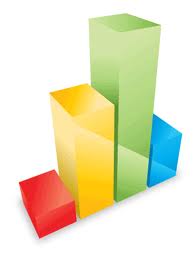 How to Filter Companies?
How to Filter Companies?1. You can filter comapnies based on 13 parameters
2. Move the slider of the particular parameter if you want to include that parameter for the search
3. If you don't move the slider that parameter will not be considered in the search
4. Click on search button
5. For the first 3 parameters you can change the number of years to be considered
Use the below link "Using Filter tool effectively" to know how to use Filter tool effectively
How to Filter?

Using Filter tool effectively
© 2012 pupone.com. All Rights Reserved.

